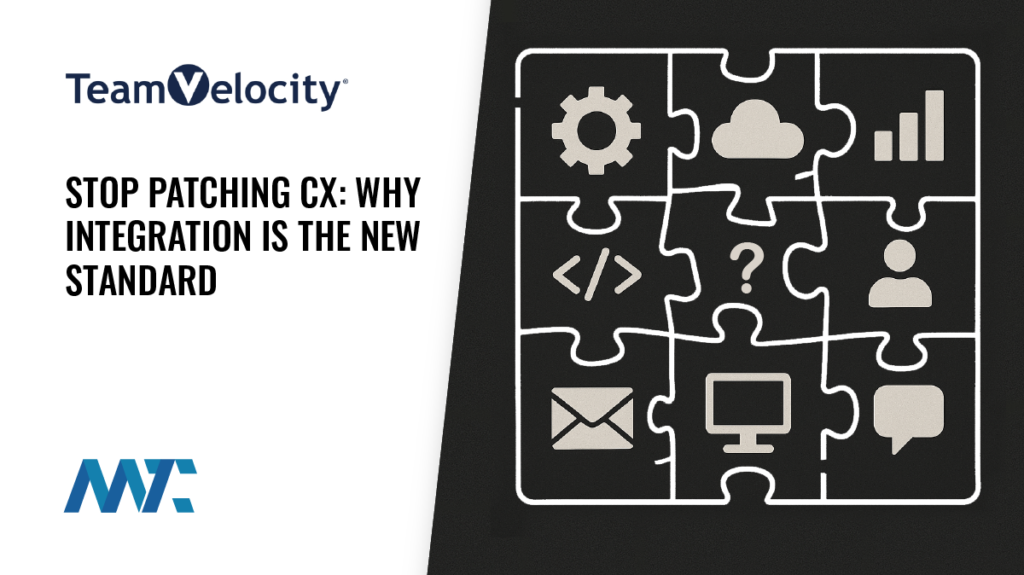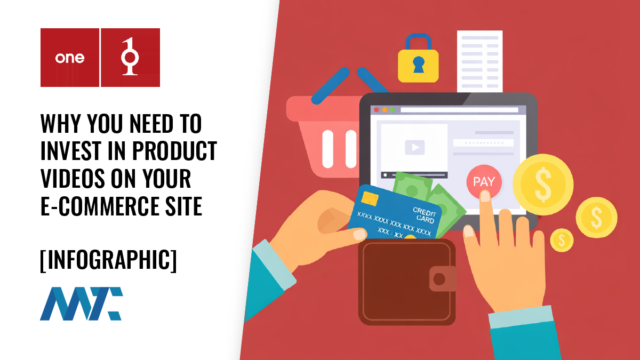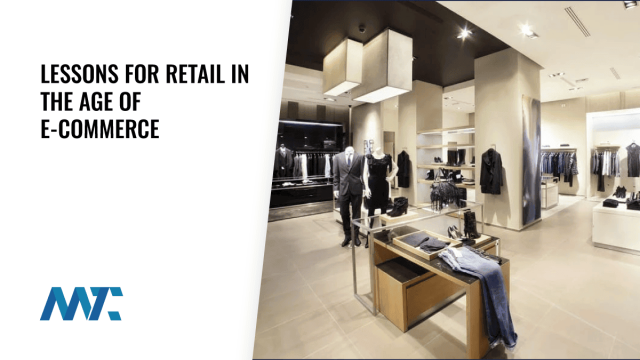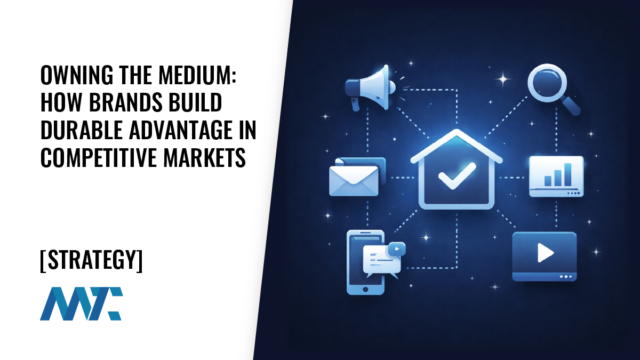How Retailers Are Preventing Losses From Showrooming

Walk down the aisle of any brick-and-mortar store, and chances are, you will see a shopper with their eyes locked on their phone. They may be comparing prices on Amazon, asking a friend for a recommendation, or researching information about a specific product. Still, there’s no doubt that mobile devices have become an integral part of the physical retail experience. More than 90 percent of shoppers use smartphones while shopping.
Showrooming
The rise of mobile devices has led to the emergence of showrooming, which occurs when a shopper examines a product in a physical store but purchases it online. As this practice gained momentum, it set off doom and gloom predictions about how it would destroy physical retail.
In the U.S., 69% of people reverse showroom, while 46% showroom.
Harris Poll
The showrooming apocalypse may not have happened yet, but that doesn’t mean physical retailers are not losing business to competitors. Consumers will not stop using their phones to assist them as they shop. Today’s shoppers are price-sensitive and want to know that they are getting the best deal. Rather than trying to ignore or fight against mobile devices in-store (which is an exercise in futility), retailers should strive to ensure that when a shopper uses a mobile device in-store, they use the retailer’s own app, instead of someone else’s.
Approoming: The In-Store App-Based Price Matching
We are familiar with Showrooming and its inverse, webrooming, where a shopper finds an item online but eventually buys it in a store. Both rely on a shopper finding an item in one context but making a purchase in a completely different context. But what if retailers treated their app as an extension of their showroom and encouraged shoppers to engage with the app when they are in-store?
As mentioned above, the primary reason shoppers engage in showrooming is to determine if they can obtain a better deal at a competing retailer or receive better service. Retailers can avoid losing business by integrating a price comparison and/or price matching feature into their app, which prevents shoppers from looking elsewhere to make their purchase, no matter which channel they find the product.
For example, price matching is a big issue for electronics retailers. People go to a store, find the TV they want to buy, and then check on Amazon or Costco to see if they can get a better deal on it. What they may not know is that the retailer may also have coupons, offers, and loyalty rewards available that would lower the price of the TV below that of the competition, a fact that is often overlooked when using the competitors’ browsing tools.
Absent of any specific offers, the retailer may also have a price match guarantee, but it requires an associate to see proof that the product is available for a lower price from the competition. They need to fill out some paperwork so that the new price can be reflected at checkout before allowing the customer to make a purchase. There is considerable friction involved, as the retailer would likely give the shopper a price match anyway.
By using the Retailer app to automate price matching, the whole process can happen in seconds – the shopper uses the Retailer’s App to scan the product and see the price it offers to them after having matched it with online competitors, the new price automatically gets added to the shopper profile, and gets assigned to them when they complete checkout.
Communication is key here. Even if a retailer offers a price comparison feature, it’s moot if shoppers are unaware of it. Brands have to invest in raising awareness about their apps’ functionalities so when shoppers have the impulse to showroom, they Approom instead, and stay within the retailer’s ecosystem.
The Game of Stores
Once shoppers are brought into the mobile environment, perhaps through successful webrooming, there are so many other ways retailers can connect with them. You can ask shoppers to scan items and gamify aspects of the in-store shopping experience. Surprise pricing, instant price offers, and dynamic offers tailored to each shopper keep them excited and engaged.
Furthermore, app engagement provides retailers with greater insight into their shoppers. Imagine a user entering a store, scanning an item, and receiving a special price that varies depending on the time of day. The more people who use the app to scan items, the more information retailers get on their customers. And customers don’t even have to make a purchase to scan. They could earn loyalty points, which in turn create a series of breadcrumbs for items inside the store.
Retailers can use that data to understand what the most popular items are and what customers purchase. If a particular item has a low conversion rate, the retailer can run analytics to determine the reason. If a competitor offers a better price, the retailer can use that information to reduce its prices and stay competitive.
Bundling
Another way retailers can prevent showrooming losses is by bundling items. Items in-store could be bundled with items that are not carried in the store, but that would complement the item well. If someone bought a dress, the bundle could include a pair of coordinating shoes that are available exclusively from the store’s central warehouse. Or, if someone buys a pair of shoes, the bundle could consist of socks, some of which can be fully customized to the shopper’s preference, and shipped to their home. Apps offer an excellent opportunity to create the ideal package for customers, and in doing so, not only increase sales but also reduce costs by limiting the number of SKUs carried in-store versus at a centralized warehouse.
Furthermore, bundles can be extended to include local businesses and partners that offer complementary products and services, enhancing the retailer’s offerings. Consider a sports retailer. If a customer is trying to buy a set of skis, the bundling feature in the app can help guide them through the decision process by recommending the types of slopes the skis are best suited for and even suggesting packages for a ski weekend. Third-party partnerships that allow retailers to offer a package deal create a competitive edge that is more beneficial to a shopper than just buying one thing.
The Omni-Channel Cart
Lastly, retailers can avoid showrooming losses and enhance the benefits from approoming by creating an omnichannel cart. Essentially, the in-store physical cart and the online cart should become one. Moving seamlessly between online and offline experiences should be a seamless process, and customers should have options readily available.
These days, BOPIS (Buy Online Pickup In Store) is all the rage. However, the experience is disrupted once the shopper enters the store, as they may find additional items they want to buy, but now need to stand in line twice to obtain those items. Ideally, they should be able to Webroom their way to a BOPIS, then come to the store and find additional items they want, add them to their physical cart that the Retailer’s App powers, and then complete the checkout for the BOPIS and In-Store items with a single click, at a unified checkout station.
In The End, Customer Experience Matters Most
The physical store is becoming an experience of its own—consider how many online-first retailers are opening brick-and-mortar locations. Shoppers want to experience the touch, feel, look, and smell of products, and don’t worry about the channel. Competing with online players on price is a race to the bottom. To retain their business, retailers need to offer compelling in-store and online experiences that provide sufficient value and convenience, ensuring customers don’t go elsewhere.







